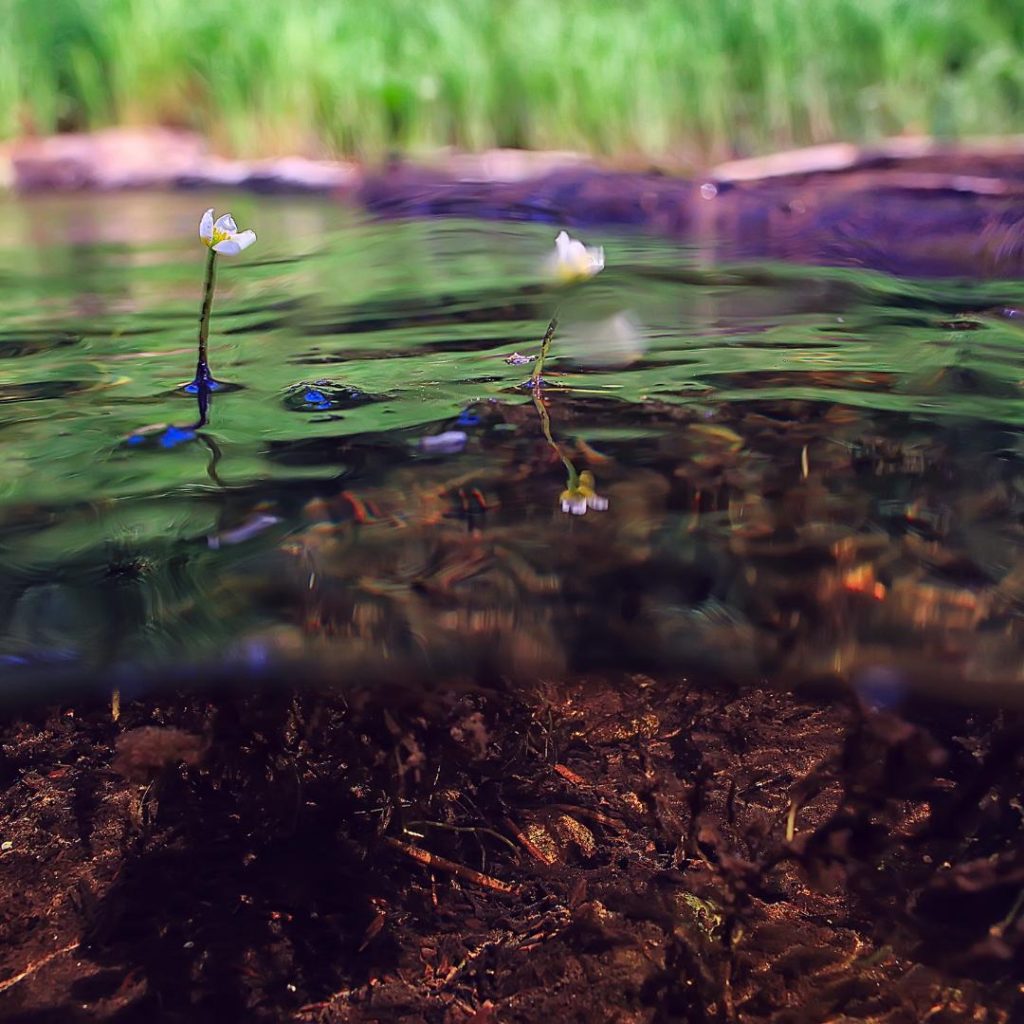World Water Day - let's stop the extinction of species below the water's surface

Freshwater ecosystems are among the most threatened habitats in the world. On World Water Day, March 22, BOKU University would like to use alarming figures to draw attention to the importance of protecting our waters. Because the aquatic habitats in Austria are in a bad way.
Aquatic ecosystems (ecosystems in water) are much more threatened than terrestrial ecosystems (ecosystems on land), but the loss of biodiversity below the water surface is often less recognized.
"More than 50 percent of Austria's watercourses do not meet the criteria for good ecological status in accordance with the EU Water Framework Directive, and as many as 85 percent of alluvial zones have now disappeared. The majority of moors - a full 94 percent - are also in a questionable state. Our Austrian lakes fare slightly better, but 11 out of a total of 62 lakes have an inadequate ecological status," summarizes Stefan Schmutz from the Institute of Hydrobiology and Water Management at BOKU.
This study has recently shown the status of fauna and flora in rivers and lakes in Austria.
Endangerment level of freshwater inhabitants in Austria:
- Crayfish: 100 percent
- Riparian fauna (e.g. spiders, short-winged beetles): 60-90 percent
- Large mussels: 73 percent
- Fish: 62 percent
- Amphibians: 60 percent
- Aquatic plants: 50 percent
Causes of the hazard
The use of hydropower in particular, with over 5,000 installations, and the regulation of rivers have a significant negative impact on our water bodies. The effects of urbanization, shipping, drinking water extraction and irrigation are somewhat less pronounced. Nevertheless, these effects are expected to increase as a result of climate change."The cumulative effect of multiple pressures is therefore responsible for the sharp decline in biodiversity," says the water ecologist.
Protection for the waters
The majority of Austria's watercourses are highly fragmented, mainly due to the use of large stretches for hydropower generation.
"A primary goal is therefore to preserve the remaining intact, free-flowing sections of watercourses, of which only 8 per cent (section length >10 km, water width > 10 m) still exist, and to initiate revitalization projects," emphasizes Stefan Schmutz.
Only in this way can endangered species such as the Huchen survive. These, as well as all other species in flowing waters, are dependent on longer, free-flowing sections of several kilometers and an appropriate flow velocity. A remarkable example of the success of such revitalization measures is the Traisen, a river in the south of Lower Austria. There, a once heavily degraded section was successfully restored to a good ecological status.
"If we succeed in implementing more projects like this, our waters will also be better able to cope with the challenges of advancing climate change," concludes Schmutz.






